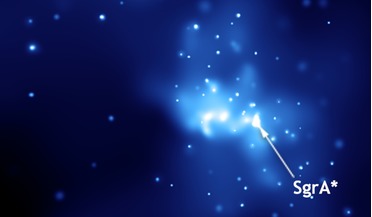 09 August 2019
Is the Milky Way's black hole waking up?
09 August 2019
Is the Milky Way's black hole waking up?
... the nearest one to us, it has been extensively studied across many wavelengths of light, from gamma waves down to radio waves. In fact it was a beam of radio wave emission in 1931 that first drew astronomers attention to the invisible void that sits...
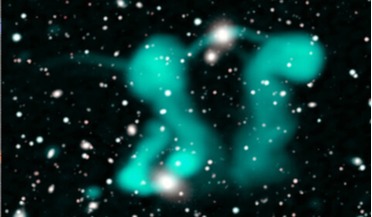 06 August 2021
Surprising new finds as ASKAP surveys the skies
06 August 2021
Surprising new finds as ASKAP surveys the skies
...said. The Australian Square Kilometre Array Pathfinder (ASKAP) radio telescope is one of the precursor instruments to the...members will be able to see if any object detected in radio waves has an optical counterpart and vice versa. "We are getting used...
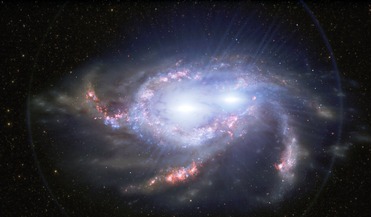 07 April 2021
Astronomers find a rare pair of double quasars in the early Universe
07 April 2021
Astronomers find a rare pair of double quasars in the early Universe
... emitted from these point-like sources was thought to consist of strong radio waves. After further research however, it turns out that only about 10 percent of quasars emit radio waves of this nature. On their own, quasars can be used by astronomers...
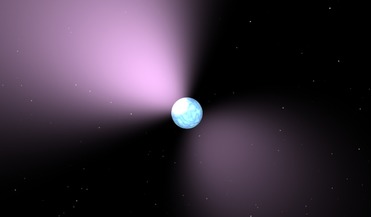 09 January 2017
X-rays from a 'missing link' neutron star could shed light on magnetar mystery
09 January 2017
X-rays from a 'missing link' neutron star could shed light on magnetar mystery
...how these objects evolve. PSR J1119-6127 is a type of neutron star known as a radio pulsar – an extremely dense remnant of an exploded star that emits radio waves in predictable pulses akin to the way a lighthouse sweeps out beams of light. Magnetars...
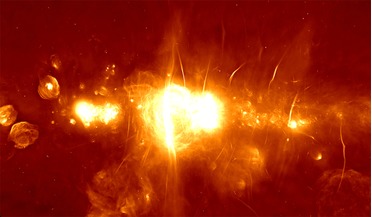 16 July 2018
Science begins with South Africa's super radio telescope
16 July 2018
Science begins with South Africa's super radio telescope
... end of the electromagnetic spectrum (low frequencies I.e.radio waves) can escape beyond the thickly shrouded centre and... the SKA will use thousands of dishes spanning a range of radio frequencies and up to a million low-frequency (aperture array)...
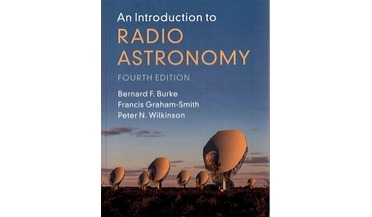 01 October 2019
An Introduction to Radio Astronomy (4th Ed)
01 October 2019
An Introduction to Radio Astronomy (4th Ed)
... researchers alike. Its three main sections cover the emission, propagation and detection of radio waves; radio telescopes and aperture synthesis; and the radio cosmos – in essence, the instruments, the telescopes and what they observe in 500 pages...